Hishtil supplies young plants to professional and home growers around the world. Its product range covers varieties of vegetables, herbs, and ornamentals, including an assortment of edible and ornamental plants. Hishtil has operations in Israel, Europe, the USA, and Africa.
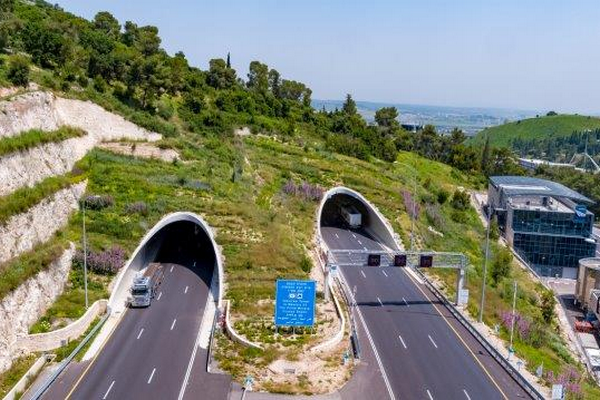
Hishtil landscape rehabilitation project on Highway 1
Hishtil's horticultural vegetables and ornamental nurseries develop propagation techniques and production protocols. Besides high yields and appearance, new premium lines of plants are also more resistant to infections and unfavorable weather conditions. Hishtil seeks to set an example for its customers in the agro-industry by becoming greener than ever (aiming for 100% Organic), free from chemical residues and using technology to improve the quality of food and preserve the environment.
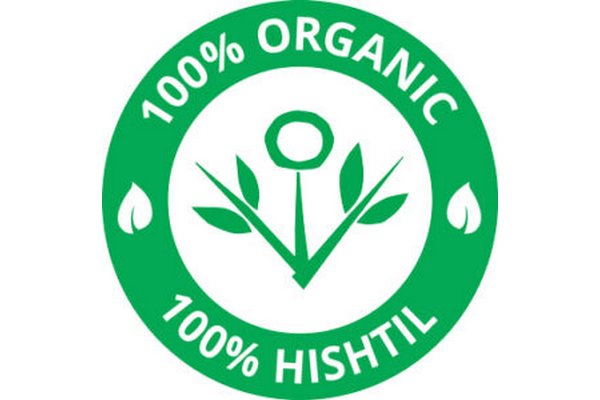
Hishtil highlights their commitment to find alternative lower-emission energy sources in its operations. The following will be focused on efforts to optimize the use of water resources, limit the use of chemicals, and preserve the natural landscape.
Water treatment and recycling
Haim Rosenblum, Marketing & Sales division manager at Hishtil: "Steps have been implemented regarding the usage and conservation of water throughout the nurseries' production process. For example, the use of a sub-irrigation system—flooding a table full of trays or pots, with a slight added improvement that allows the tables to move to and from the place where the water is filled and drained."
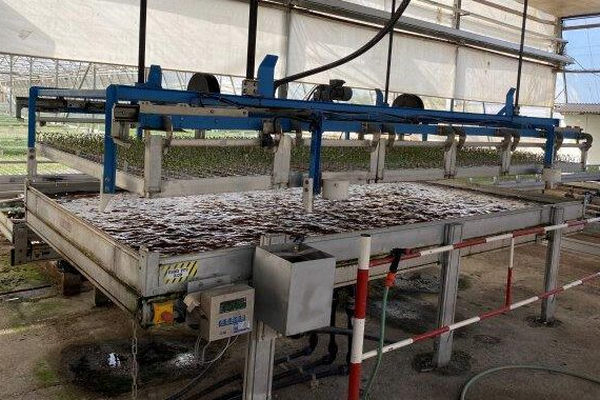
An automated sub-irrigation system in Ashkelon
Irrigation system
Rosenblum comments: "Our irrigation system helps to preserve the environment and resources by saving on water usage and nutrient consumption, enhancing plant health and lowering the risk of diseases or disease outbreaks, minimizing runoff below the tray and saving up to 60% of water. Additionally, we are reducing rinsing and pesticide application by about 50%, reducing runoff to groundwater, as well as installing reverse osmosis systems combining a marble column, which contributes to chemical stabilization and homogeneity of the water."
Moreover, he states that the water used in tray washing machines and planting robots is now recycled, and that rainwater from the roofs of greenhouses is collected and stored for later use.
Reducing the use of pesticides
Rosenblum: "Large-scale agriculture is often responsible for releasing large quantities of pesticides into the environment. We make continuous efforts to keep the use of damaging pesticides at a bare minimum.
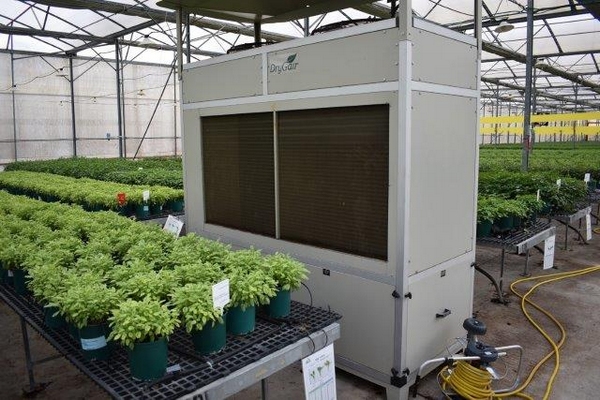
Dehumidifier air dryer at Gderot Nursery
"One of the main facilities for reducing harmful pesticides and the risk of contamination is by improving climate conditions in the greenhouses. This entails using improved, innovative fans, climate control systems and air dryers, supporting the management of relative humidity in the air and thus reducing the risk of contamination."
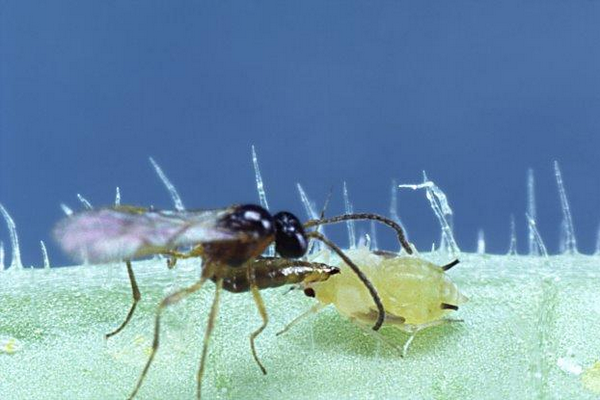
Biological pest control
According to Hishtil, they also invest in the development of new application techniques for reducing the amount of chemicals used, while introducing novel products considered to be less harmful to the environment. In addition, they claim that improved monitoring procedures help identify pathogens at an earlier stage and respond faster, preventing major infestations.
"Another way to reduce the use of pesticides is investing as much as possible in measures to avoid pathogen development. For example, watering plants with sub-irrigation devices reduces foliage wetness, which also lowers the risk of pathogen infestations. The use of air dryers, as mentioned before, help save energy by increasing the effectiveness of the heating devices. Likewise, we use the 'Atlantium' system, which treat water with UV against bacteria and germ, allowing reducing the use of pesticides.
Applying organic growth protocols together with the use of beneficial insects, is yet another step in reducing the use of pesticides. Our proprietary organic vegetable grafted product line, helps minimize the use of soil disinfection chemicals because grafting plants are more tolerant to soil diseases."
Landscape rehabilitation
Rosenblum: "Major infrastructure construction projects cause great damage to the existing vegetation. We are one of the leading companies in landscape rehabilitation, restoring it, as much as possible, to its original state. The rehabilitation process is carried out after careful planning and consideration of the natural wildlife typical to the area.
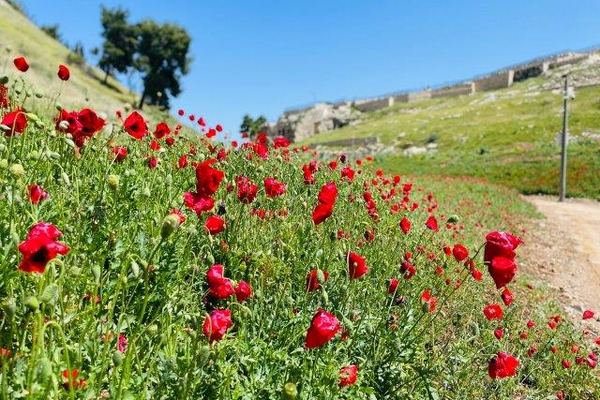
Landscape rehabilitation of a modern neighborhood
The rich greenery now lining the sides of the roads, incorporates covering systems to stop runoff, store water in the ground, and reduce evaporation. With these and other measures related to energy savings and the use of renewable sources, we have turned an ideological commitment to minimizing our carbon footprint into concrete actions with impactful results. The proven ability of plants to absorb CO2 (and emit oxygen) helps counter the greenhouse effect on the atmosphere, creating a positive carbon footprint balance."
For more information:
Hishtil
https://www.hishtil.com
[email protected]










